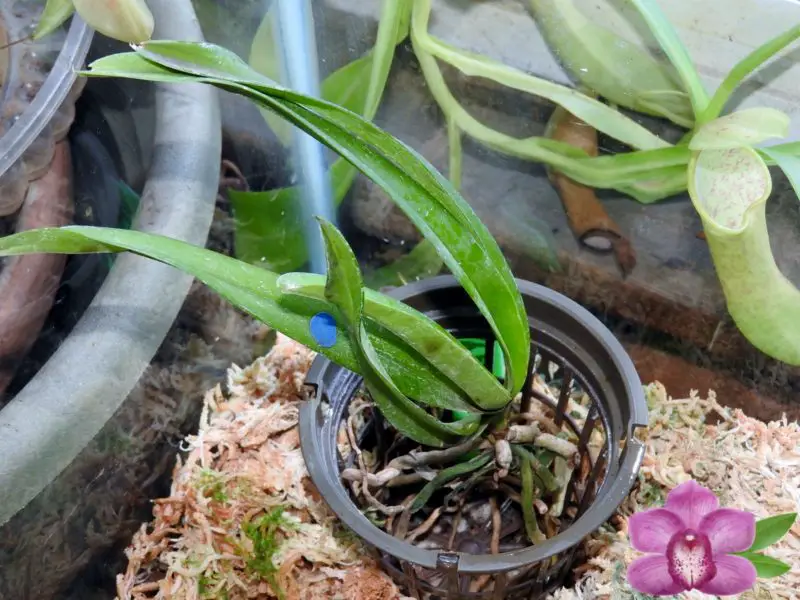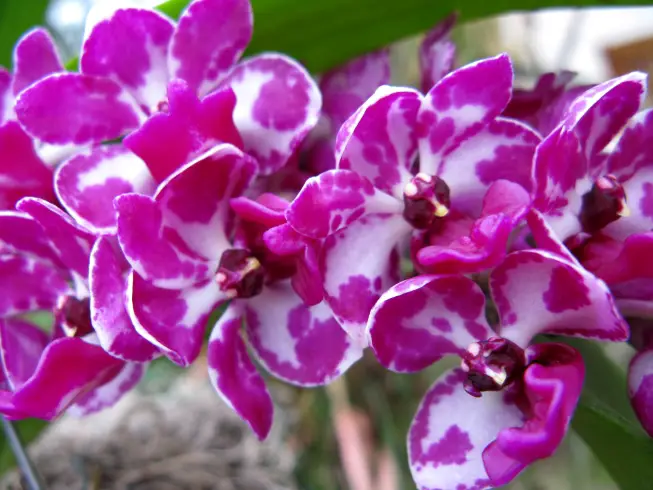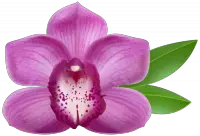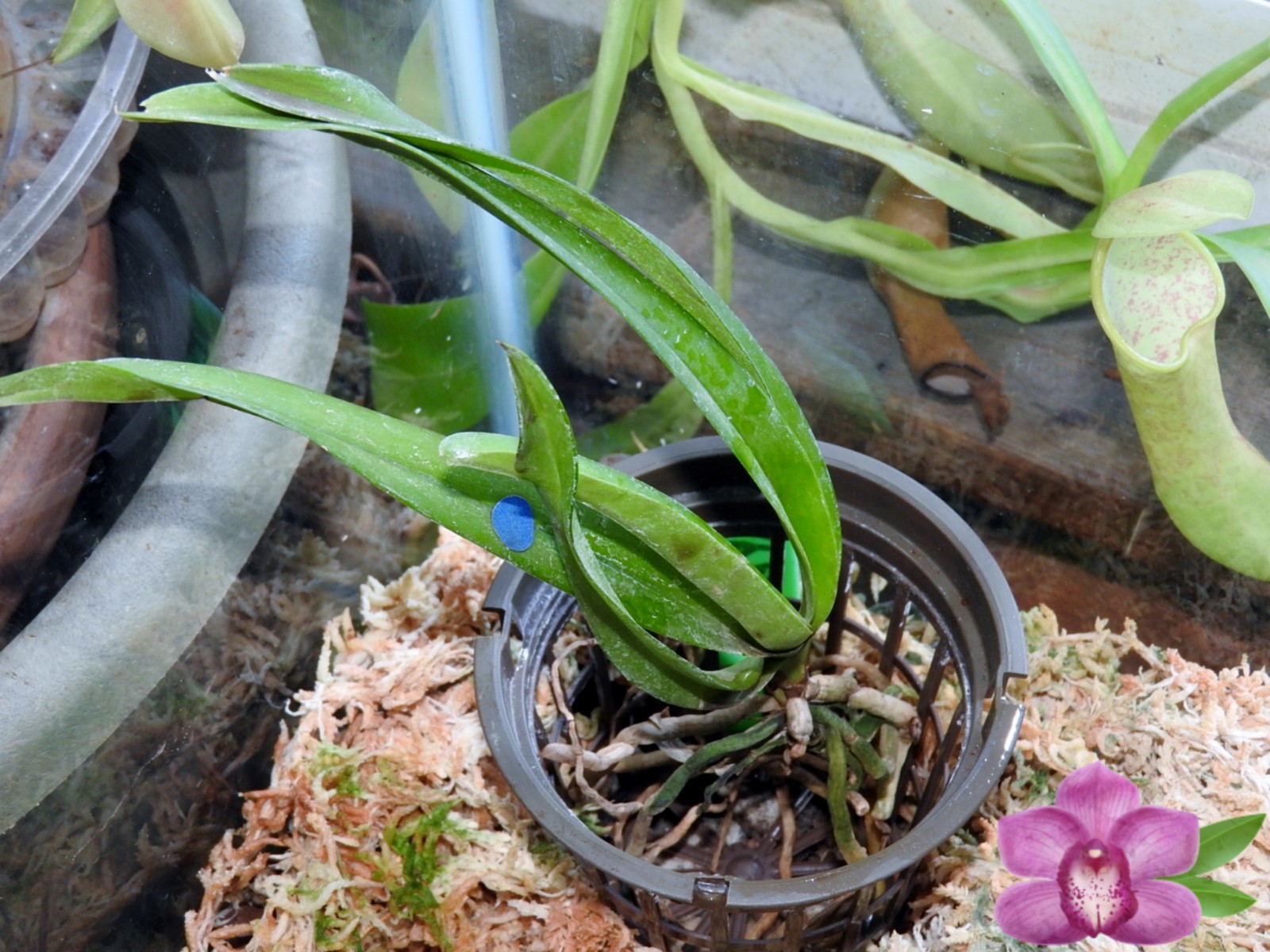
I just received a new vanda orchid. It was a replacement for a small vanda I had that died. So here is my new vanda orchid unboxing.
I also will be planting it in my orchid terrarium. I made it using a 20-gallon fish tank.
It is layered with gravel and topped with sphagnum moss and relies on capillary action to dampen the moss and increase humidity.
You can read more about how I built it here: https://hydroponicorchids.com/orchid-terrarium-diy/
New Vanda Orchid Unboxing
My other vanda orchid was very small, only about 2-3 inches. This one is about 8 inches tall not counting the roots.
It never really grew and part of the problem may have been planting it directly in the sphagnum moss.
Very often you will see vanda orchids being grown on a slab or in an open basket.
They seem to like their roots out in the air but it can be hard to keep the humidity high enough if you heat your home.
That’s why I decided that building a terrarium was a good idea. If you have an empty fish tank around it’s an easy DIY project.
So this time it will be placed in a 3-inch net pot. It sits on the gravel but the plant’s roots are in the open air above the sphagnum moss.
Hopefully, it will be happy. It is supposed to be a blue vanda.
Blue vandas do exist and it is the only orchid that can produce blue flowers naturally.
The blue phalaenopsis orchids you see in stores are dyed blue and will have white flowers when they rebloom.
But most of the blue vanda plants I have seen are more purple than blue and I don’t really expect this one to be much different.

Rhynchostylis gigantea
I ordered what I thought was a vanda orchid “Live Vanda Hybrid SM Blue Fragrant Orchids Plant”
But as it turns out it is Rhynchostylis gigantea which is closely related but not a vanda.
I don’t know if they are selling it as one or if they made a mistake. Either way, it is a healthy plant and makes pretty blooms.
The main difference in culture between the Rhynchostylis is that this plant does not take as much light as the vanda.
Rhynchostylis gigantea is native to South East Asia. Its blooms are pink. white, peach, purple, burgundy, and red. But no blue is listed.
It blooms in late winter (January, February) and makes large flower clusters that have a spicy, citrus-like smell.
So even though it isn’t the plant I expected to get I think I will be happy with it.

But it sure isn’t blue at least not from the pictures I have seen. So here is a bit of information on this orchid:
Rhynchostylis differs from Vanda by the one-lobed lip. Rhynchostylis are also commonly called foxtail orchids because of their long, thin, densely packed inflorescences that get up to 37 centimetres (15 in) with sweetly fragrant blooms. The inflorescences appear in autumn and winter. Due to the wide distribution of Rhynchostylis gigantea, there is a range of different clones: flowers vary slightly in shape and colour (from white to dark red, with spotted forms). https://en.wikipedia.org/wiki/Rhynchostylis_gigantea

So technically I lied. I did unbox a closely related orchid but it isn’t a true vanda and I don’t think it will be blue either.
Well, there you have it. If I want a blue vanda I will have to find a Vanda coerulea.
That is about as close as you can get to a blue orchid.
It is closer to a dark purple than pure blue but I think I might try to find one.
Read more: Types of Vanda Orchids
Read more: Orchid Terrarium DIY [An Unusual Fish Tank Transformation]
This post contains affiliate links.




